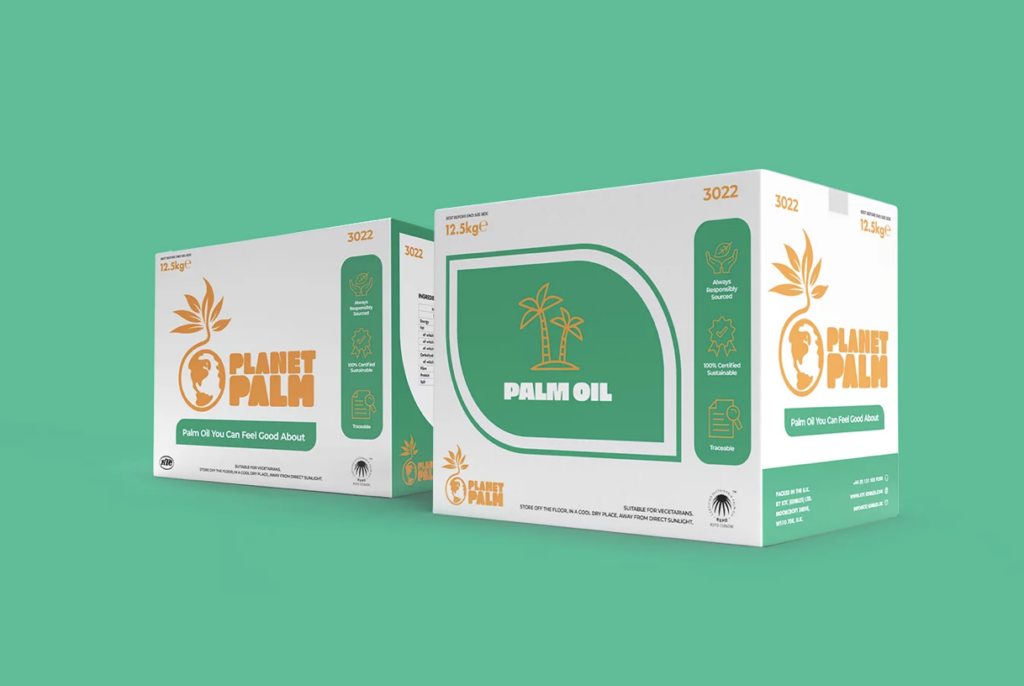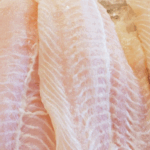With the use of high oleic oils on the increase, Gary Lewis, president of the National Edible Oils Association (NEODA) and sales director at KTC Edibles, breaks down what they are and discusses the benefits of frying in them
When and why did high oleic oils first come onto the scene?
High oleic oils started gaining attention in the 1980s and 1990s. High Oleic means oils that are high in monounsaturated fats, particularly oleic acid. These oils include high oleic sunflower oil (HOSO) and high oleic palm oil (HOPO).
They’re developed through selective breeding to increase the oleic acid content and decrease the levels of less desirable fatty acids like saturated and polyunsaturated fats. KTC’s Planet Palm Hi Oleic Palm Oil is bred through a non-GMO hybrid of African and Latin American palm trees. Oil producers quickly realised that high oleic oils offer improved stability, longer shelf life, and oxidation resistance, making them suitable for various food applications, including frying and baking.
What are they for those interested in the science behind them?
The primary reason for the development and popularity of high oleic oils was the increasing awareness of the health benefits associated with monounsaturated fats. Research has shown that diets rich in monounsaturated fats like those famously found in olive oil and the Mediterranean diet, were associated with lower risks of heart disease and other health benefits compared to diets high in saturated and trans fats. For fryers, the makeup of high oleic oils means they resist oxidation and last significantly longer than ordinary oils.
Have you seen uptake change in the fish and chip sector since they were first introduced?
Very much so. Our Hi Oleic Sunflower Oil (HOSO) is great for heavy-duty frying, with a comparable lifespan to other popular deep frying oils like palm oil and beef dripping. Plus, as a liquid oil, it’s ‘cleaner’ than either palm or dripping and has a very neutral flavour profile that doesn’t impact the flavour of ingredients. Nutritionally, HOSO is high in monounsaturated fat and much lower in saturated fat than either palm oil or beef dripping.

What are their health benefits and advantages in terms of how they perform?
High oleic oil offers numerous health benefits due to its low saturated fat content and high levels of polyunsaturated fatty acids (PUFAs) and monounsaturated fatty acids (MUFAs). PUFAs have been shown to lower cholesterol and triglyceride levels, particularly when replacing less healthy fats in the diet. MUFAs, also found in olive oil and associated with the Mediterranean diet, may reduce the risk of heart disease.
Several studies have found that high oleic oil reduces LDL cholesterol and decreases the risk of heart disease, heart attacks, and stroke.
Thanks to the high oxidation point of HOPO and HOSO, they can be used for up to twice as long as regular sunflower and palm oil, with high oil stability scores and smoke points. They also have a shelf life of up to one year, making them some of the longest-lasting frying oils on the market.
How sustainable are high oleic oils?
High oleic oils can be sustainable options – depending on how and where they are grown. All KTC HOPO is non-GMO and RSPO certified sustainable. Having RSPO certification also makes it a good choice for companies worried about the upcoming European Union Deforestation Regulation (EUDR) as the RSPO can provide most of the data required for compliance.
The incoming 2024 legislation means that all commodities made from cocoa, coffee, soy, wood, rubber, cattle and palm oil must demonstrate that no land has been deforested to grow them.
KTC HOPO offers traceability back to the mill, providing buyers with confidence that they are purchasing a product that will comply with EUDR.
How do they compare cost-wise to other frying mediums?
High oleic oils are a premium product. However, the higher cost of both HOPO and HOSO may be offset by their longer shelf life and higher stability at high temperatures, which can result in less oil being used overall. Additionally, the potential health benefits of high oleic oils may justify the higher cost for some consumers.
Additionally, HOPO’s well-balanced fatty acid profile and neutral taste allow seamless blending with other vegetable oils, delivering premium performance at competitive prices.
How innovative is the fats and oils market and what innovations do you see coming down the line?
A good example of innovation is the increasing focus on sustainability, with products like KTC’s Planet Palm High Oleic frying oil offering robust traceability to mills. Planet Palm is the first pro-palm product and is RSPO-certified sustainable segregated, offering easy compliance with the incoming EUDR legislation. It’s a groundbreaking, traceable, and high-performance frying oil that’s devoid of additives and boasts a higher oxidative stability and smoke point compared to standard oils.










